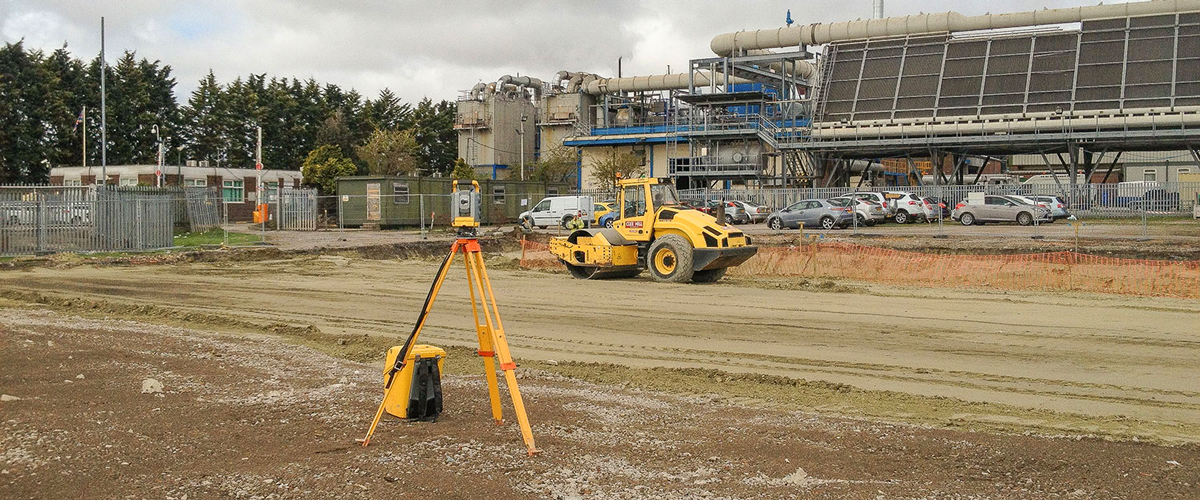
Construction Aggregates are a crucial material in the construction industry. You can find them in many different applications, such as creating piling mats or producing concrete. However, using aggregates efficiently in large-scale construction projects is a challenging task. To maximize their use, you need to plan carefully, coordinate, and manage materials effectively and efficiently.
The first step in maximizing aggregate efficiency is selecting the correct aggregates. Different aggregates have different properties that make them suitable for specific applications. For example, single sized aggregates are more effective as a pipe bedding than crusher run, while crushed rock makes better use as a fill material due to their compaction qualities. Choosing the right aggregate can ensure that they are used effectively and efficiently.
Accurately estimating the amount of construction aggregates needed is also crucial. Estimating the required amount can be challenging because different projects require different types of aggregates, and the amount required may vary depending on the project specifications. An experienced quantity surveyor can help determine the exact amount of aggregates required for a project, preventing over-ordering, which can reduce wastage and lower expenses.
Transportation is an essential element in the supply of aggregates for construction projects. Large-scale construction sites require significant amounts of aggregate materials, which need to be transported from quarries onto the site. Ensuring you have a competent supplier with modern haulage vehicles can help reduce time due to fewer breakdowns. Also, buying aggregates in bulk can help reduce haulage costs, as you should be able to agree on better haulage fees.
Recycling and reusing waste materials such as demolished concrete and asphalt can help reduce site costs. The use of recycled aggregates not only helps conserve natural resources but also reduces the amount of waste sent to landfills.
Monitoring and control are crucial in maximizing the efficiency of construction aggregate use. Regular monitoring of the project can help identify any inefficiencies and take corrective actions to improve the process. Using modern technology, such as GPS and remote sensors, to monitor the usage of aggregates on your site can help with this.
Maximizing the use of construction aggregates requires proper selection, accurate estimation, efficient transportation, recycling and reuse, and monitoring and control. By implementing these measures, construction companies can reduce costs, improve productivity, and promote sustainability in the construction industry. Remember to work with experienced engineers, consultants, and suppliers to ensure the proper utilization of aggregates and the success of construction projects.